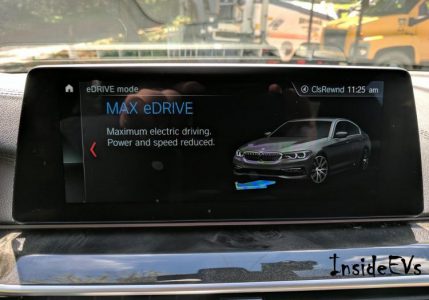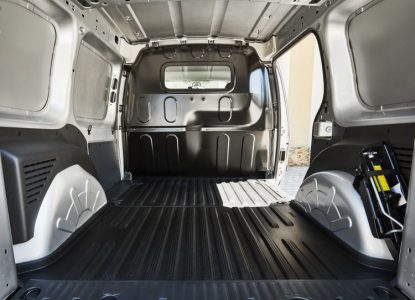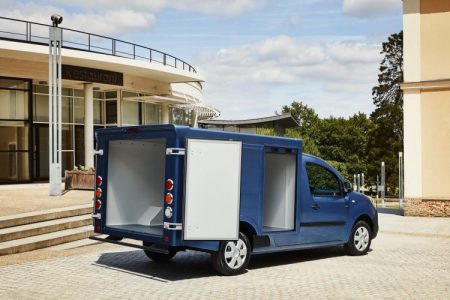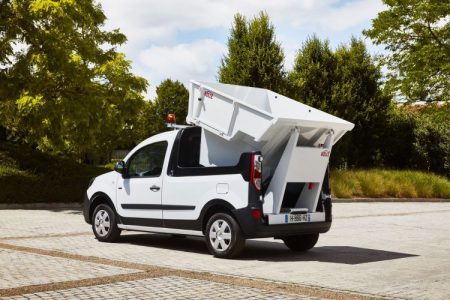Daily Archives: July 12, 2017

BMW 530e iPerformance Test Drive
Plug in Hybrid options are beginning to cascade across the entire lineup of BMW’s core offerings. BMW designates these PHEVs as the iPerformance line with the marketing tag line; “Charging is optional, thrilling is not”. The X5-40e was the first to market in October 2015, then came the 330e in March of 2016, followed by the 740e nine months later. Now, it’s the 5 Series that’s getting the “e” treatment, with the introduction of the 530e iPerformance.

BMW of North America was kind enough to allow me an exclusive extended test drive of their latest iPerformance offering. Having it for nearly three weeks, I was able to get a good feel for how well the eDrive system works, how it performed, and what to expect in terms of fuel efficiency.
The 530e iPerformance comes with a turbocharged 2-liter inline 4-cylinder engine which, along with the synchronous electric motor combine for an output of 255hp and 310 lb-ft of torque. That’s enough power to propel the rear wheel drive 530e from 0-60mph in 6.1 seconds, and 5.8 seconds for the xDrive version (which I had), according to BMW. Top speed is 146 mph, and the maximum speed in all electric mode is 87 mph.

However, I noticed that the maximum speed in all electric mode diminishes as the state of charge depletes. So, while you start out with a top speed of 87 mph, it may be as low as 65 mph once the battery state of charge is under 10%.

There are three driving modes: Max eDrive, Auto eDrive and Battery Control. The car defaults to the blended mode of Auto eDrive, which combines the gas and electric power supply to increase efficiency. In Auto eDrive the car decides when it’s best to be in all electric mode, and when to blend the power. It works very well, and I was pleased to see the car wants to drive in electric mode as much as possible, and only turns on the ICE when more power is needed or when the battery SOC is low.
I found that this is probably the most efficient mode to use if you are driving long distances. If you’re going to be driving less than 40 miles, the Max eDrive mode would be the best choice. It keeps the car in all electric mode until the state of charge is depleted, and then the ICE kicks on.
Read more: Inside EVs

New Renault Kangoo Z.E. Gets Larger Battery, Motor, Charger And Heat Pump
This summer Renault is introducing four major upgrades for the Kangoo Z.E. – a new battery, a new motor, a new charger and the incorporation of a heat pump for the climate control system.

The battery option is the new Z.E. 33 (33 kWh), which extends range by around 50% compared to previous one:
- 270 km (168 miles) NEDC compared to 170 km
- 200 km (124 miles) real range in the summer (previously 125 km)
- 120 km / 135 km (84 miles) with heat pump in the winter
The new electric motor is still rated at 44 kW (225 Nm), but this time it’s all-Renault designed and produced, which should help with costs.
On-board charger power has (thankfully) doubled to 7 kW (now required 6-hours for a full recharge).
And finally, for the very first time in an electric LCV, there is a heat pump. Additionally, Renault has implemented a pre-heating feature. All welcome additions.




Read more: Inside EVs